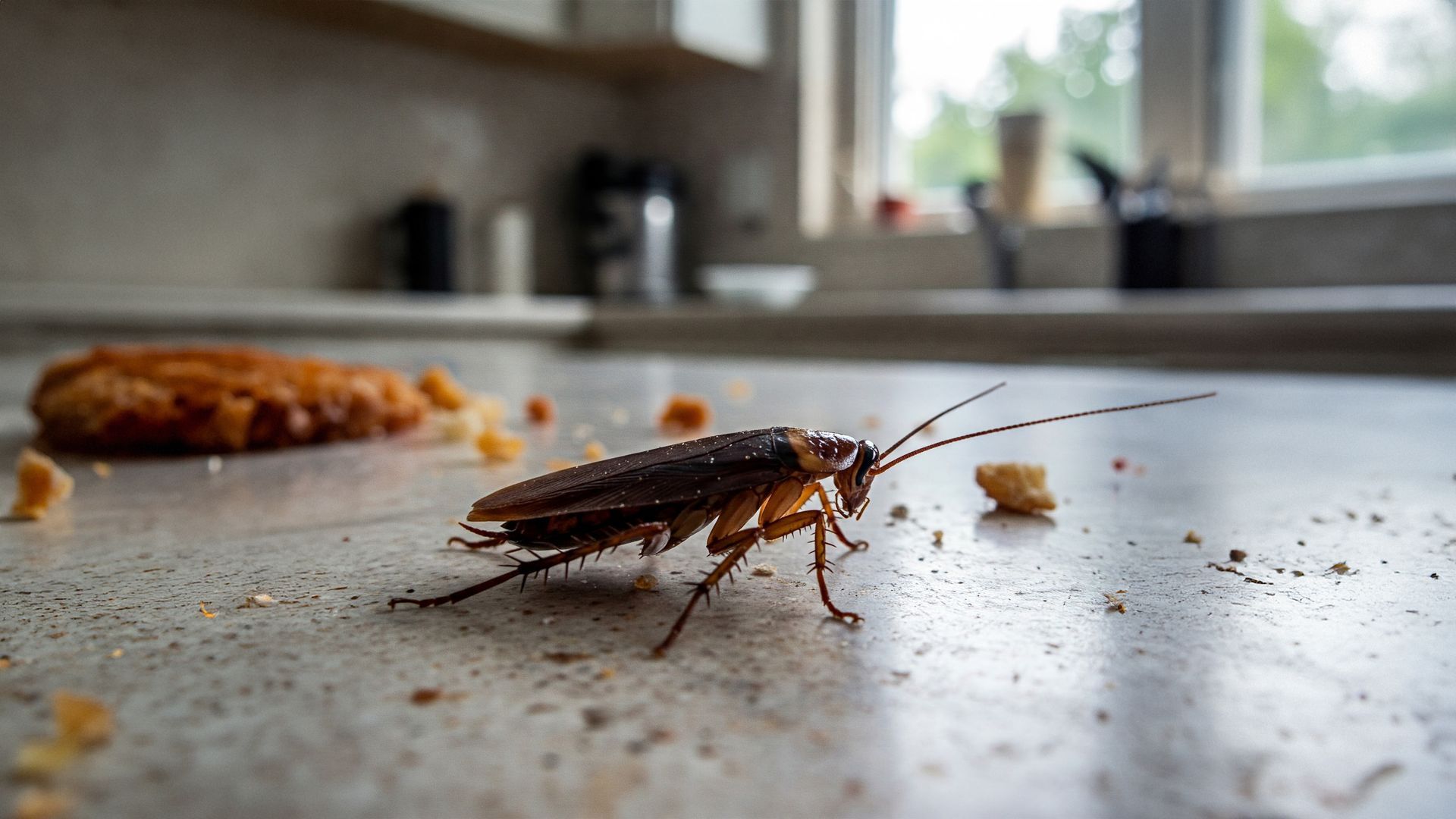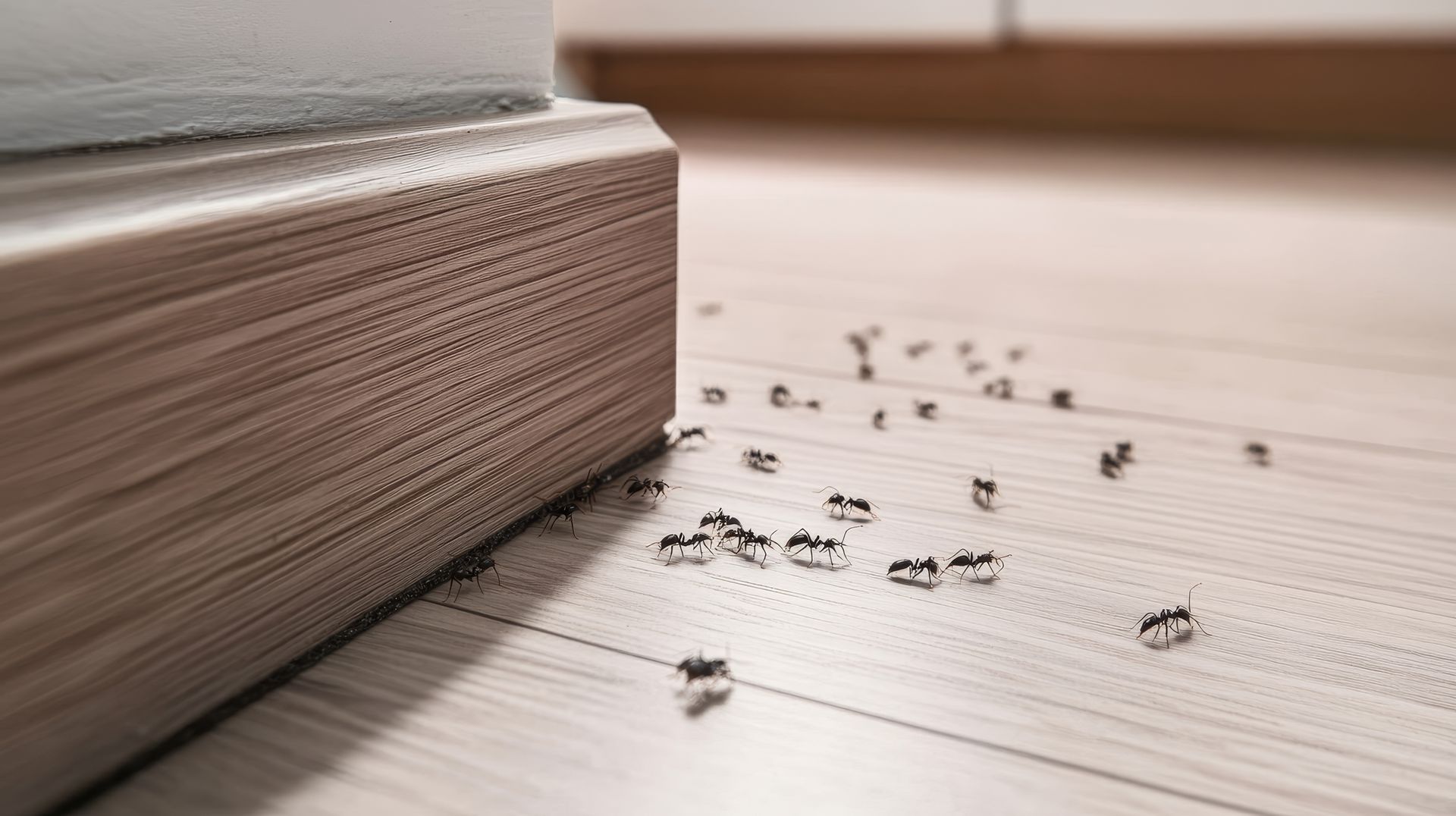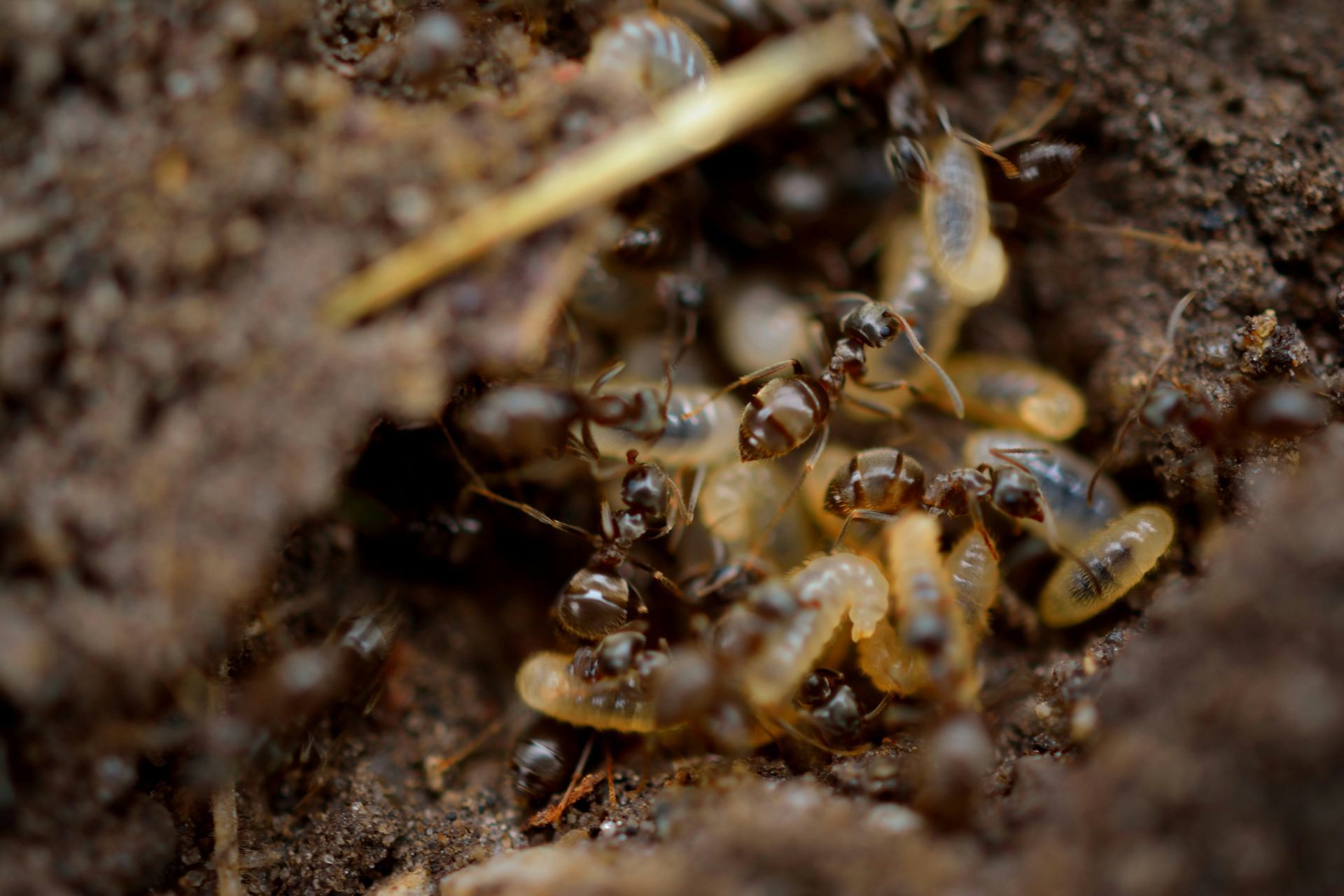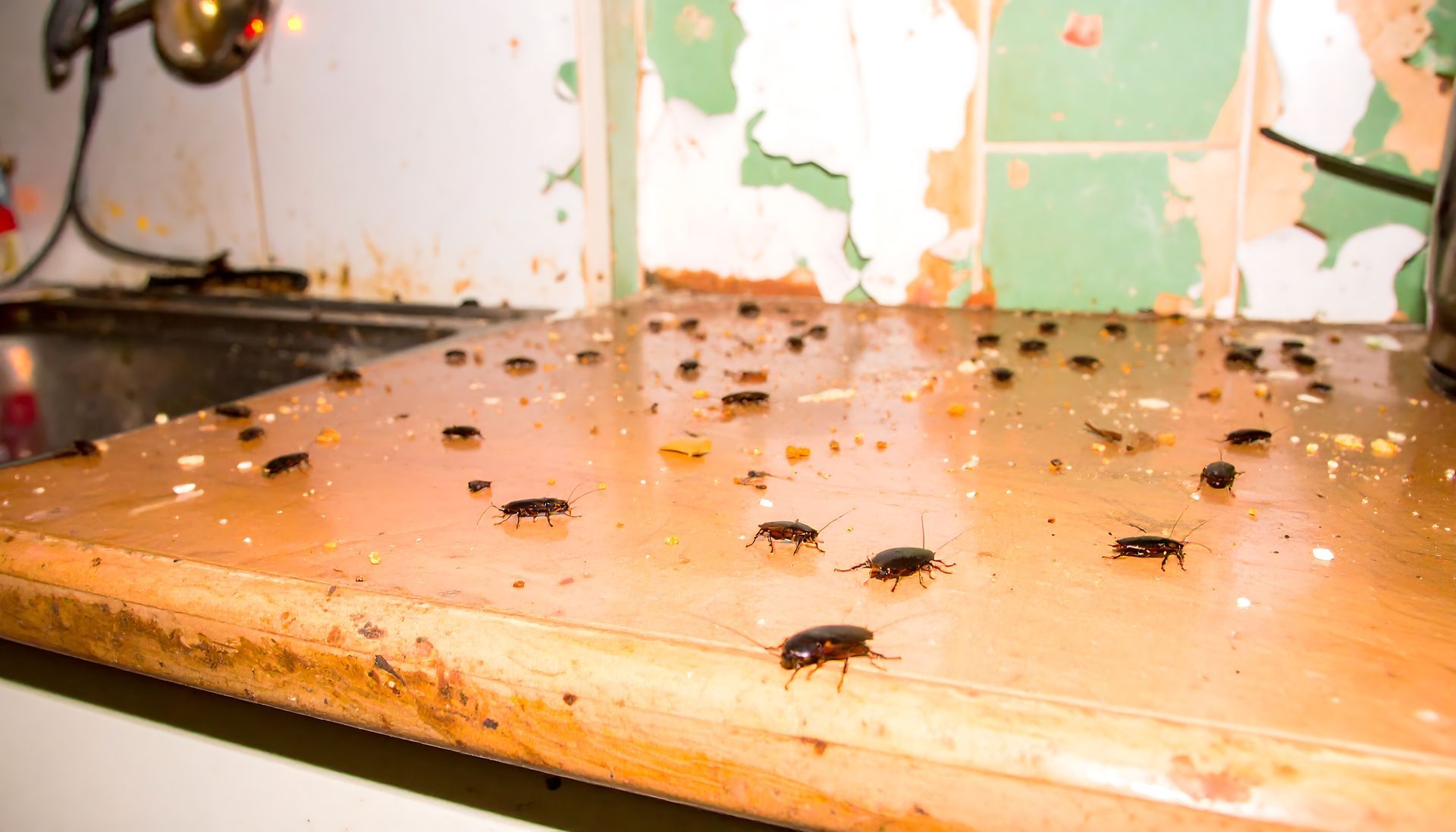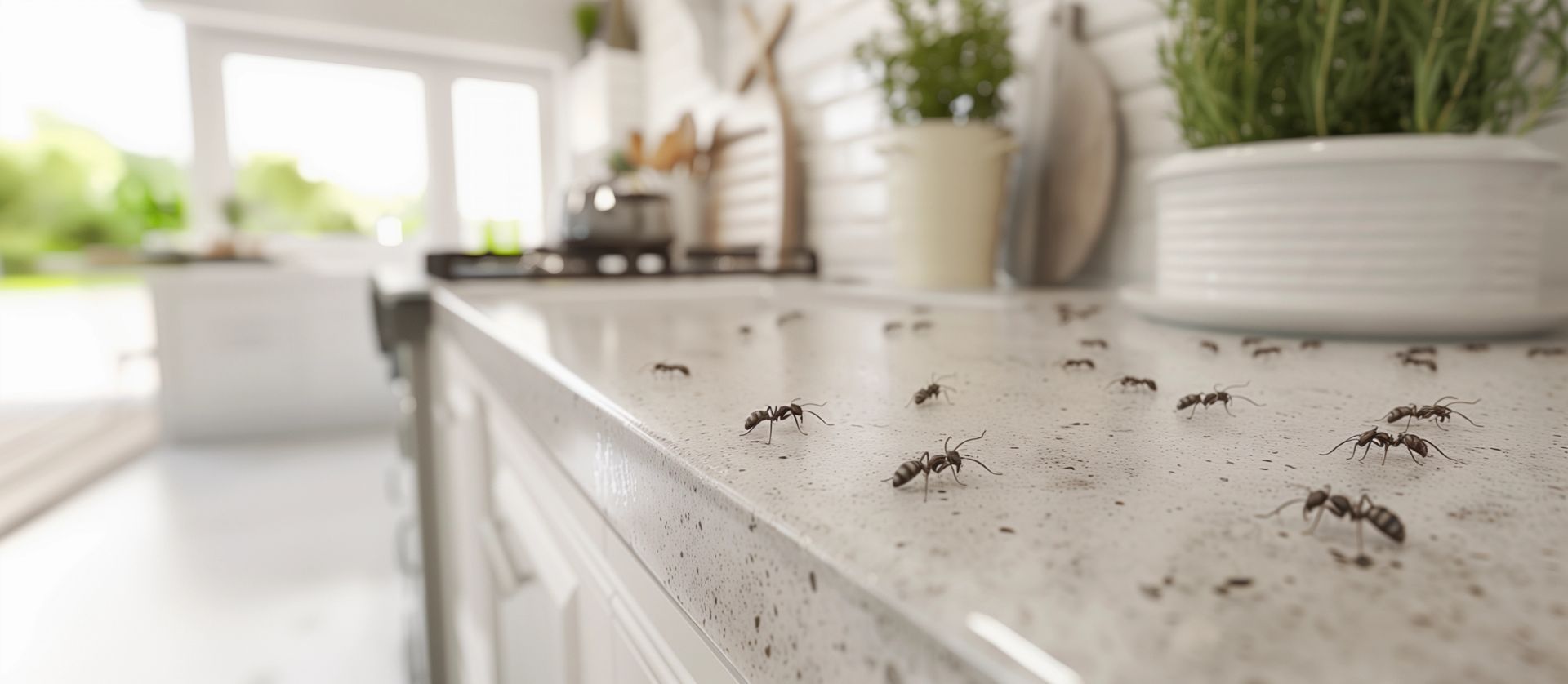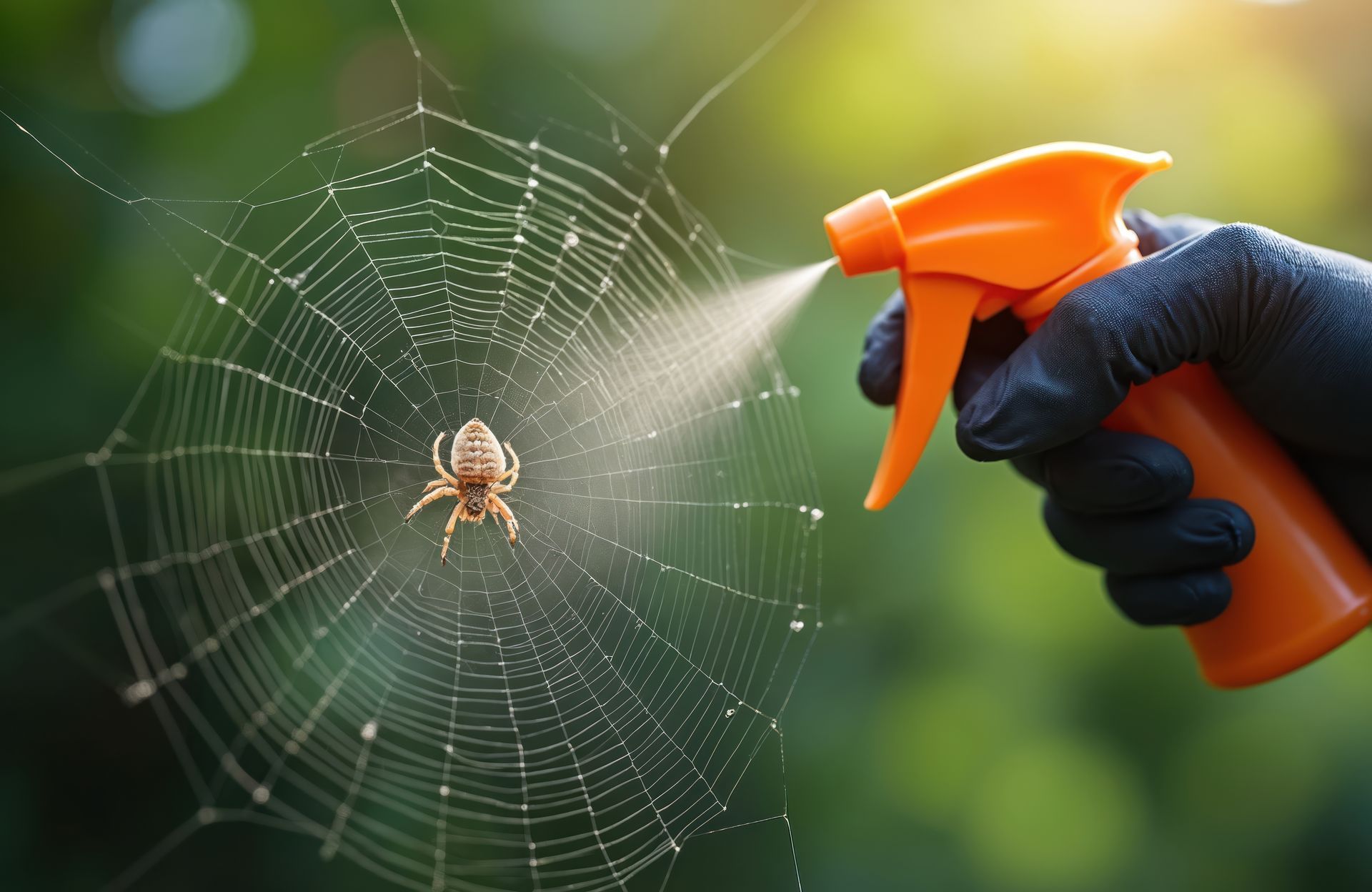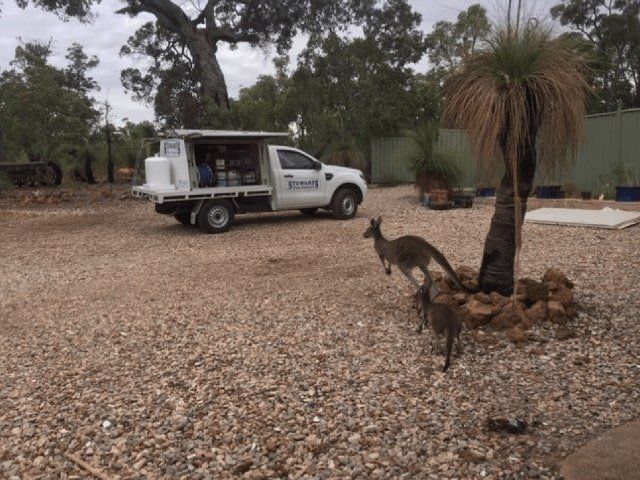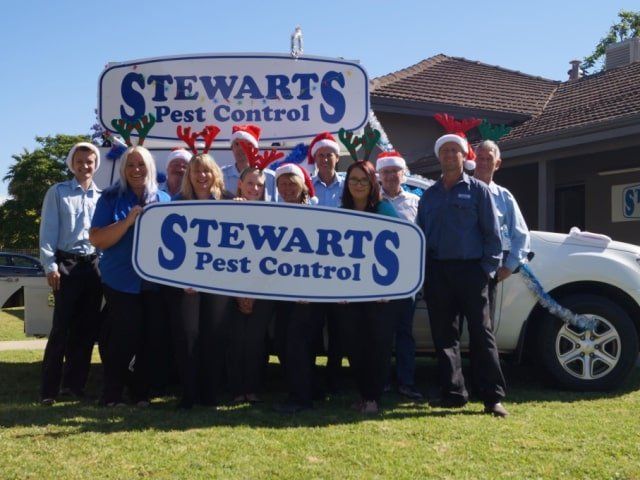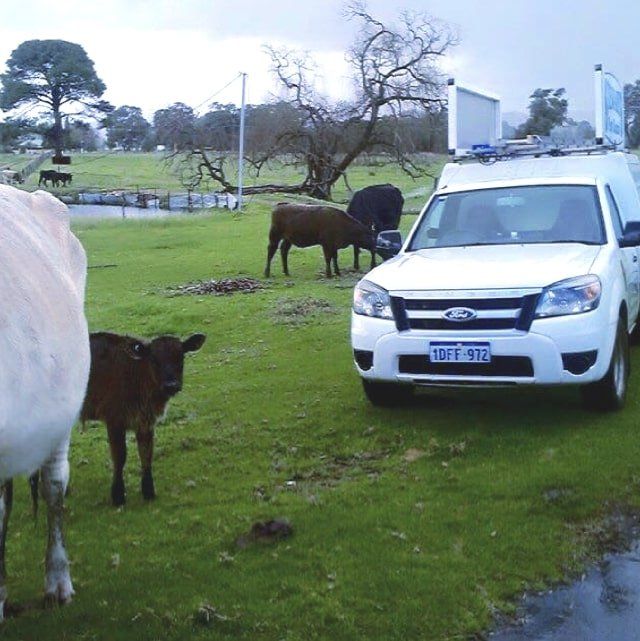What You Should Know about Ant Infestation
Ever noticed an endless trail of ants marching through your kitchen or across your patio? You’re not alone. In Perth, ants are one of the most common household pests, and while they may seem harmless at first, infestations can quickly spiral out of control. These tiny invaders can damage property, contaminate food, and cause significant frustration. That's where professional expertise becomes essential. At Stewarts Pest Control, we specialise in providing targeted solutions for ant control in Perth, helping homeowners reclaim their space with long-term peace of mind.
This guide explores why ants are such a persistent problem in Perth, the signs to watch for, common mistakes to avoid, and the most effective strategies to eliminate and prevent infestations. With over 70 years of local pest control experience, Stewarts Pest Control has been protecting Perth homes since 1954. We are here to arm you with the knowledge and solutions needed to keep ants out of your home for good.
Why Ants Are So Persistent in Perth
Ant infestations are particularly common in Perth due to the region's warm, dry climate. These conditions allow ants to remain active throughout much of the year, unlike in colder regions where they become dormant. Perth's suburbs, with their lush gardens and food-rich environments, provide ideal nesting sites for ants, especially species like the coastal brown ant and Argentine ant.
Popular ant species in Perth include:
- Coastal Brown Ants: Known for nesting in garden beds, paving, and wall cavities.
- Argentine Ants: Aggressive and known to displace native species.
- Black House Ants: Often found trailing in kitchens and bathrooms.
These species have large colonies and complex social structures, making them difficult to control without a targeted approach. Some ants even form multiple queens within a colony, which means that DIY methods often only kill the workers, leaving the colony intact to regroup and repopulate.
Moisture also plays a role. Ants seek water sources during dry seasons, often entering homes through cracks or small openings. They leave pheromone trails that guide others to food or water, rapidly turning a few scouts into an army of intruders.
Without a long-term prevention plan, it's common to see ant problems return year after year. That’s why effective treatment requires more than just a quick spray—it demands a comprehensive strategy that targets the entire colony.
Signs You Have an Ant Problem
Many Perth homeowners only realise they have an ant infestation when it's already well established. Ants are sneaky and persistent, and by the time you notice their presence, they may have created nests inside walls, under paving, or in your garden.
Here are common signs to look out for:
- Visible trails: If you see a line of ants heading to and from a food or water source, you're likely looking at an established trail connected to a nearby nest.
- Frequent sightings: Ants in the kitchen, bathroom, or around pet bowls are usually on the hunt for food and water.
- Piles of dirt or sand: These may appear near cracks in paving, indicating underground nests.
- Soft rustling in walls: In rare cases, large colonies may be active enough to produce audible movement in wall cavities.
It’s not uncommon to notice an increase in activity after rainfall or during warmer months. That’s when ants are most likely to migrate in search of food and nesting sites.
The challenge is that ants often nest in hidden or hard-to-reach areas, meaning you could be dealing with a full-scale infestation even if you only see a few ants. Waiting until it becomes a daily issue usually means the colony has already grown significantly.
Being proactive is key. Early detection allows for more effective treatment and limits the risk of widespread infestations. Stewarts Pest Control can help identify the species and tailor a treatment plan that gets to the root of the problem.
Common DIY Mistakes That Make Ant Problems Worse
When ants appear, many homeowners rush to the supermarket for surface sprays or homemade remedies. Unfortunately, these quick fixes often do more harm than good. Without understanding the biology and behaviour of ants, DIY efforts may end up spreading the infestation rather than eliminating it.
Here are the most common mistakes:
- Using only surface sprays: These kill visible ants but do nothing to affect the nest. Worse, they can cause the colony to "bud," creating multiple new nests and worsening the infestation.
- Blocking the trail: Wiping away ant trails may clean up the mess but doesn't stop the source. The ants will find another path and reestablish the trail.
- Inconsistent treatment: Applying products sporadically or changing approaches too often doesn’t allow for effective colony elimination.
- Using the wrong bait: Different ant species require different bait formulas. What works for black ants might not work for Argentine ants, for example.
- Ignoring entry points: Treating the symptoms without sealing off entry points means ants will return repeatedly.
Many over-the-counter solutions are not formulated to target the specific species commonly found in Perth. Without identifying the right ant, even the best store-bought bait won’t be effective. In the worst-case scenario, it may even encourage the ants to avoid bait altogether.
Effective ant pest control relies on a holistic approach. That includes identification, baiting, residual barrier treatments, and sealing entry points. These are all services offered by Stewarts Pest Control, designed to deliver long-lasting results rather than temporary relief.
Professional Ant Control Solutions That Work
While DIY methods may provide short-term satisfaction, professional treatments are the most reliable way to tackle ant infestations at the source. Stewarts Pest Control takes a systematic, science-based approach to ensure lasting results for homes across Perth.
Our process includes:
1. Thorough inspection: We identify the species and assess the extent of the infestation, nesting locations, and entry points.
2. Targeted baiting: Custom-formulated baits are used depending on the ant species. These are carried back to the nest, wiping out the colony from within.
3. Residual treatments: Safe, low-toxicity sprays are applied to key areas to create an invisible barrier that prevents future access.
4. Nest treatment (if required): For large colonies or repeated issues, we treat the nests directly to ensure complete elimination.
Our technicians are trained to assess external and internal factors that may be contributing to the issue, from landscaping conditions to moisture problems. We also provide advice on sealing cracks, managing food waste, and preventing re-entry.
All our treatments are child and pet-safe, and we work to minimise environmental impact while delivering high-performance results. Whether you're battling invasive Argentine ants or require black ant pest control in Perth, we have the right tools and know-how to get the job done.
Don’t leave your home vulnerable to reinfestation. Trust the experts to handle it once and for all.
Preventing Future Infestations
Ant control doesn’t end when the last ant is gone. Prevention is essential to keeping your home pest-free in the long run. After successful treatment, Stewarts Pest Control offers expert guidance to make sure ants don’t return.
Here are some simple, effective prevention strategies:
- Seal cracks and crevices: Use caulk to block entry points around windows, doors, and skirting boards.
- Store food securely: Keep dry goods in airtight containers and clean up crumbs or spills promptly.
- Remove water sources: Fix leaking taps, don’t leave pet bowls out overnight, and keep sink areas dry.
- Manage outdoor waste: Use sealed bins, clean up barbecue areas, and remove fallen fruit from the garden.
- Trim back vegetation: Keep branches and shrubs away from walls to prevent ants from using them as bridges.
Scheduling regular inspections ensures early detection and rapid response before small issues become big ones. We also offer seasonal treatments as part of our pest management plans to protect your property year-round.
With consistent maintenance and a little help from the professionals, you can stop ants from turning your home into their next nesting ground.

Why Choose Stewarts Pest Control for Ant Control in Perth
When it comes to ant control in Perth, local knowledge matters. Stewarts Pest Control has been protecting Perth homes and businesses for over 60 years. As a WA family-owned business, we pride ourselves on friendly service, expert advice, and proven pest control methods.
Here’s what sets us apart:
- Tailored solutions: We don’t believe in one-size-fits-all. Our treatments are customised to your home, pest species, and infestation level.
- Experienced technicians: Fully licensed, highly trained, and equipped with the latest pest control technology.
- Safe and effective: Our treatments are low-toxicity and designed to be safe for families, pets, and the environment.
- Transparent pricing: No hidden fees or pushy upsells—just honest service you can rely on.
- Guaranteed satisfaction: If ants return within a specified period, we’ll come back and retreat at no extra charge.
Whether you’re dealing with a minor nuisance or a full-blown infestation, Stewarts Pest Control delivers real solutions that last. Forget calling just any exterminator – choose the team that knows Perth, knows pests, and knows how to get results.Stop the Ants Before They March In
Tired of playing hide and seek with ants in your own home? You’re not alone, and you don’t have to deal with it alone, either. Ant infestations in Perth are a persistent and frustrating issue, but they don’t have to be a permanent one.
From understanding the types of ants invading your space to choosing professional solutions that work, the path to a pest-free home starts with the right help. Stewarts Pest Control offers expert ant pest control backed by decades of local experience and tailored strategies that provide peace of mind long after the ants are gone.
Ready to take back control? Contact Stewarts Pest Control today for a free quote or to book your comprehensive inspection. Visit https://www.stewartspestcontrol.com.au/ to get started.
Don’t wait until the problem multiplies—your solution is just a call away.
